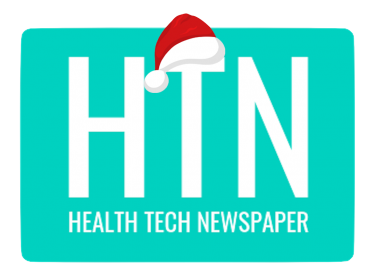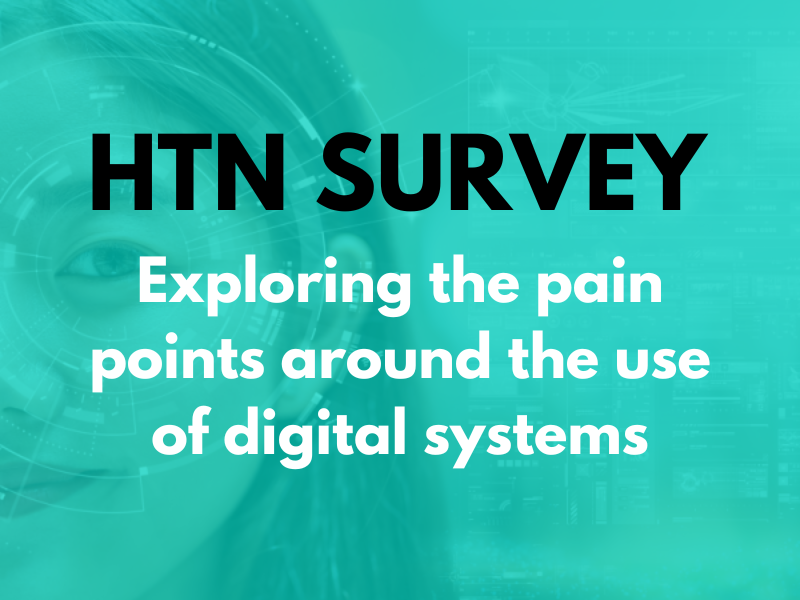NHS England’s latest guidance on patient initiated follow-up has highlighted the role of the NHS App and digital tools in enabling patient choice, aiming to reduce operational barriers, promote consistency, and support providers in “embedding PIFU as part of routine clinical practice”.
In a foreword, Stella Vig, elective recovery national clinical director at NHS England, and Rachel Power, chief executive of the Patients Association, state that to achieve sustainable improvement organisations should focus on ensuring clinical teams understand “when and how to use PIFU”, embed digital solutions to enable “seamless” patient access, and monitor patient outcomes and experiences to support continuous improvement.
Under the Elective Reform Plan, systems and providers are asked to ensure PIFU is offered as standard in all appropriate pathways by March 2026, and increase its uptake to “at least” five percent of all outpatient appointments “including through the enhanced identification of suitable patients using AI and automation”, by March 2029.
“This updated guidance reflects the increased confidence, safety principles and scope of clinical practice in the use of PIFU,” NHS England states. “It supports the identification of patients through waiting list validation and clinical review of patients awaiting follow up appointments.”
NHS England shared that 92 percent of PIFU activity currently comes from 40 treatment function codes, and specialties where it is being used effectively cover trauma, orthopaedics, physiotherapy, audiology, cardiology, dermatology, diabetes, oncology, ophthalmology, rehabilitation, and others here.
PIFU should meet three minimum quality standards, including that all patients and carers should be provided with detailed information on how or when to request an appointment, a standard operating procedure incorporating patient safety nets, and tracking for all patients moved onto a PIFU pathway via an organisation’s IT system with the ability to report on key metrics.
Providers should ensure they have locally developed or adapted clinical guidance in place for each specialty where PIFU is used, embedding shared decision making where possible, and ensuring staff are “adequately equipped” to answer questions about PIFU when asked. NHS England also recommends embedding considerations of patient knowledge, skills and confidence into decision-making, linking to relevant guidance on patient activation.
Whilst the “preferred process” involves inviting patients to PIFU during a follow-up appointment, NHS England notes that they may also be invited without need for formal appointment, through validation of those waiting for an appointment, to release capacity and allow clinicians to “do more first appointments”, supporting patients being treated within the 18-week timeframe. In these instances, there should still be clinical approval or oversight, and mechanisms in place to ensure patients are happy to proceed, such as two-way messaging or an online form.
It is recommended that services have a process to collect a response from the patient stating that they understand the new pathway and are happy to progress, via two-way messaging or using an online form.
Patients selected for PIFU should be at low risk of needing urgent follow-up care, have the ability to confidently manage their follow-up care, have the devices or apps required to understand the status of their condition, and understand how to book appointments directly with the service.
NHS England also shares guidance on how to start PIFU implementation, delivering a personalised outpatient model, and a range of specialty-specific best practices.
Wider trend: Tech to support patient flow, digital pathways
At its annual user group meeting, Epic introduced two AI solutions, ‘Emmie’ and ‘Art’, designed to offer support for patients between appointments and to gather contextual information and insights around patient health concerns for clinicians prior to patient visits. Epic shared the impact of Emmie for patients, said to be informed by patient charts and their connected devices, the AI offers functionality such as “easy-to-understand” explanations of test results, suggested next steps, and conversations about different aspects of their health.
NHS England is seeking market input to help create a draft specification for a programme centred around the future of patient feedback, including the development of a roadmap for measurement, insight and improvement in this area. The programme aims to outline options for the design of a “sustainable and holistic insight system” in line with the 10 Year Health Plan’s three main shifts. It hopes to put a system in place to utilise patient experience data in various forms, making sure that the NHS is “measuring what matters through easily navigable and inclusive feedback routes”.
Barts Health has shared how a real-time data dashboard, linked to its EPR, has made an impact on patient safety, patient flow, and delivery of care. The M-BRACE project presents key information in a single place, including data relating to risk of falls, low blood sugar, and delays in assessment or transport, to support structured check-ins through the day. At 8-9am ward teams meet with support of the data, 10-12pm best practice reviews of every patient’s care take place, with check-ins 3-4pm, to review and track progress on discharges and identify any patients becoming unwell.
University Hospitals Birmingham NHS Foundation Trust has issued a tender notice for an integrated digital patient pathway platform, worth up to £2 million. The platform is sought to help to deliver evidence-based care consistently across specialties, improve efficiency, reduce the risk of error or unwarranted variation, and ensure patients receive care in the “most appropriate setting”, first time. It is also expected to facilitate patient choice and engagement, improve care quality, reduce health inequalities, and “give patients visibility and involvement throughout their journey”.





